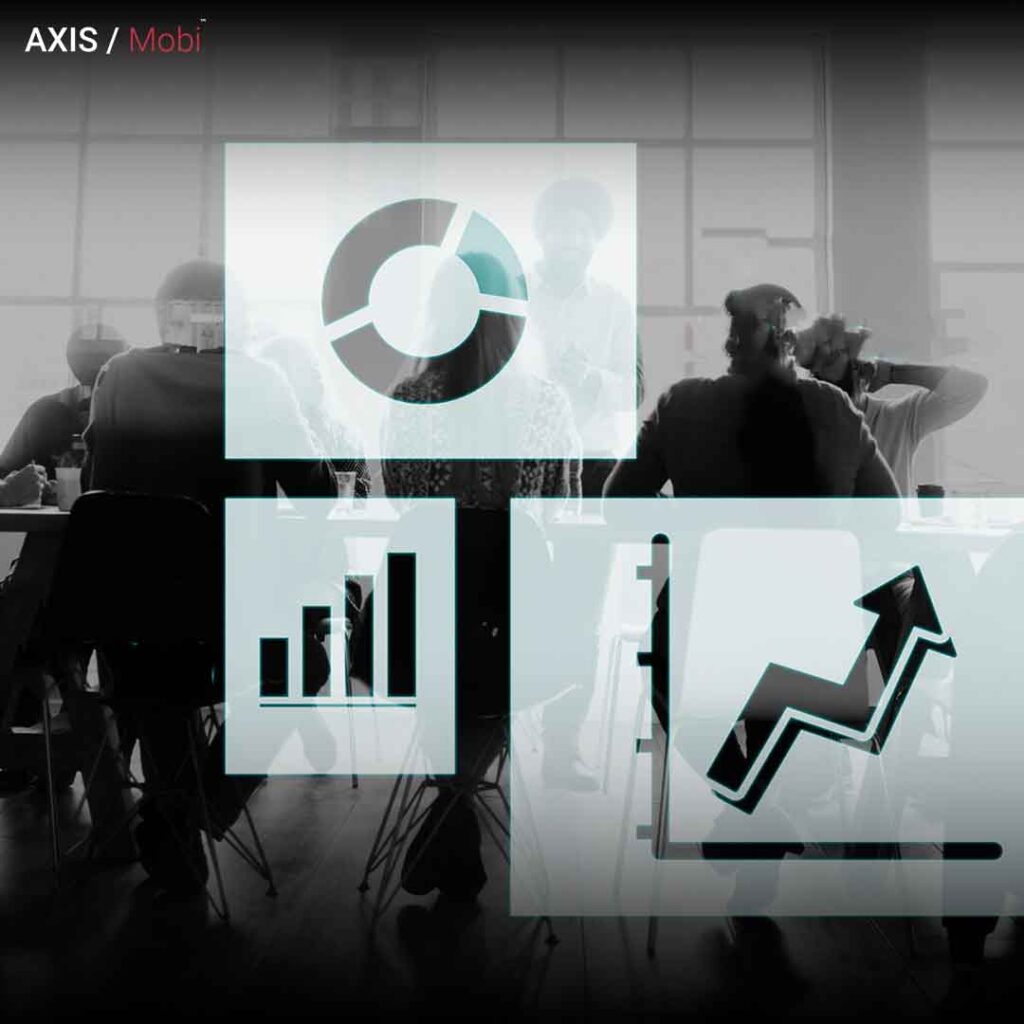Digital advertising has seen a significant transformation in recent years, with programmatic advertising at the forefront of this revolution. At the heart of programmatic advertising are Demand Side Platforms (DSPs) that enable advertisers to purchase and manage ad inventory efficiently and effectively. With numerous DSP companies in the market, it’s crucial for advertisers to understand the key players, their features, and offerings.
In this comprehensive guide, we will dive deep into the world of DSP companies, compare their features and offerings, and provide insights into the top players in the market.
Understanding Demand Side Platforms (DSPs)

Before we delve into the comparison of DSP companies, let’s clarify what DSPs are and their role in programmatic advertising.
A Demand Side Platform (DSP) is a technology platform that allows advertisers and agencies to purchase ad inventory across various ad exchanges and publishers in real-time. DSPs enable advertisers to target specific audiences, optimize ad campaigns, and manage their advertising budget efficiently.
Here are some key features and functionalities that DSPs typically offer:
- Real-Time Bidding (RTB): DSPs use RTB to auction and purchase ad impressions in real-time, ensuring that advertisers can reach their target audience effectively.
- Audience Targeting: DSPs provide advanced audience targeting options, allowing advertisers to define their target demographics, interests, and behaviors.
- Ad Placement Control: Advertisers can choose where their ads appear, ensuring that their brand is associated with relevant and reputable content.
- Data Integration: DSPs allow the integration of various data sources, including first-party data, third-party data, and CRM data, to enhance audience segmentation and targeting.
- Ad Creative Optimization: DSPs support dynamic creative optimization, enabling the delivery of personalized ad creatives to different audience segments.
- Campaign Analytics: DSPs offer robust analytics and reporting tools, providing advertisers with insights into ad performance and ROI.
Now that we have a clear understanding of what DSPs do let’s explore the top DSP companies in the market.
Top DSP Companies: Features and Offerings Comparison

- Google Display & Video 360 (DV360):
Google’s DV360 is a prominent DSP that offers a wide range of features and capabilities. It allows advertisers to plan, execute, and measure ad campaigns across display, video, and other digital channels. Key features include:
- Integration with Google Ads: Seamless integration with Google Ads enables access to a vast network of websites and apps.
- Audience Insights: DV360 offers advanced audience targeting based on Google’s extensive user data.
- Cross-Device Targeting: Advertisers can reach audiences across multiple devices.
- Real-Time Reporting: In-depth reporting and analytics for data-driven decision-making.
- The Trade Desk:
The Trade Desk is a popular DSP known for its robust technology and transparency. It provides advertisers with tools to buy and manage digital advertising campaigns efficiently. Key features include:
- Unified ID 2.0: A privacy-focused identifier that enables cross-device targeting while respecting user privacy.
- AI-Powered Bidding: Utilizes artificial intelligence to optimize bidding strategies.
- Data Partnerships: Access to a wide range of data providers for audience targeting.
- Connected TV (CTV) Advertising: Specialized capabilities for CTV advertising.
- Amazon Advertising (formerly Amazon DSP):
Amazon Advertising is a DSP that allows advertisers to reach Amazon’s vast customer base as well as audiences beyond the Amazon ecosystem. Key features include:
- Amazon Customer Data: Access to valuable Amazon customer data for precise targeting.
- Cross-Device Tracking: Reach audiences on Amazon devices, apps, and websites.
- Dynamic eCommerce Advertising: Create dynamic ads that showcase personalized product recommendations.
- Integration with Amazon Advertising Console: Easily manage campaigns alongside other Amazon advertising products.
- Verizon Media DSP:
Verizon Media DSP (formerly Oath) is a comprehensive DSP that offers access to Yahoo, AOL, and other premium publishers. Key features include:
- Native and Display Advertising: Reach audiences through native and display ad formats.
- Audience Targeting: Leverage Verizon Media’s data for audience segmentation.
- Video Advertising: Create engaging video ad campaigns with access to premium video inventory.
- Audience Insights: Detailed audience insights and reporting.
- Adobe Advertising Cloud:
Adobe Advertising Cloud is part of Adobe’s suite of marketing solutions and offers a comprehensive platform for programmatic advertising. Key features include:
- Cross-Channel Advertising: Manage and optimize campaigns across display, video, search, and social.
- Data Integration: Seamless integration with Adobe Analytics and Adobe Audience Manager.
- Dynamic Creative Optimization: Deliver personalized ad experiences.
- AI-Powered Insights: Leverage Adobe Sensei for AI-driven campaign optimization.
Key Factors to Consider When Choosing a DSP

When evaluating DSP companies for your advertising campaigns, several factors should guide your decision:
- Target Audience: Consider which DSP aligns best with your target audience and objectives. Some DSPs may offer unique access to specific demographics or interests.
- Ad Formats: Different DSPs excel in various ad formats. Ensure the DSP you choose supports the ad formats you plan to use, such as display, video, mobile, or native advertising.
- Data Access: Assess the availability of data and audience insights within the DSP. Data-driven decision-making is crucial for campaign success.
- Integration: If you’re already using certain marketing or analytics tools, check for DSPs that offer seamless integrations with your existing tech stack.
- Transparency: Transparency in pricing, ad placement, and reporting is vital for assessing the effectiveness of your campaigns.
- Privacy Compliance: Ensure that the DSP complies with data privacy regulations, as this can impact your campaign’s legality and reputation.
- Support and Training: Evaluate the level of support and training provided by the DSP company, especially if you’re new to programmatic advertising.
The Future of DSP Companies

The future of DSP companies is marked by continuous innovation and adaptation to industry changes. As privacy regulations evolve, DSPs will need to prioritize data protection and user consent management. Additionally, advancements in AI and machine learning will play a significant role in optimizing campaign performance and audience targeting.
In conclusion, DSP companies are pivotal in the world of programmatic advertising, offering advertisers the tools and capabilities to reach their target audiences effectively. Understanding the features and offerings of top DSPs is crucial for making informed decisions about your digital advertising campaigns. By aligning your objectives with the right DSP and staying attuned to industry trends, you can navigate the dynamic landscape of digital advertising with confidence and success.




